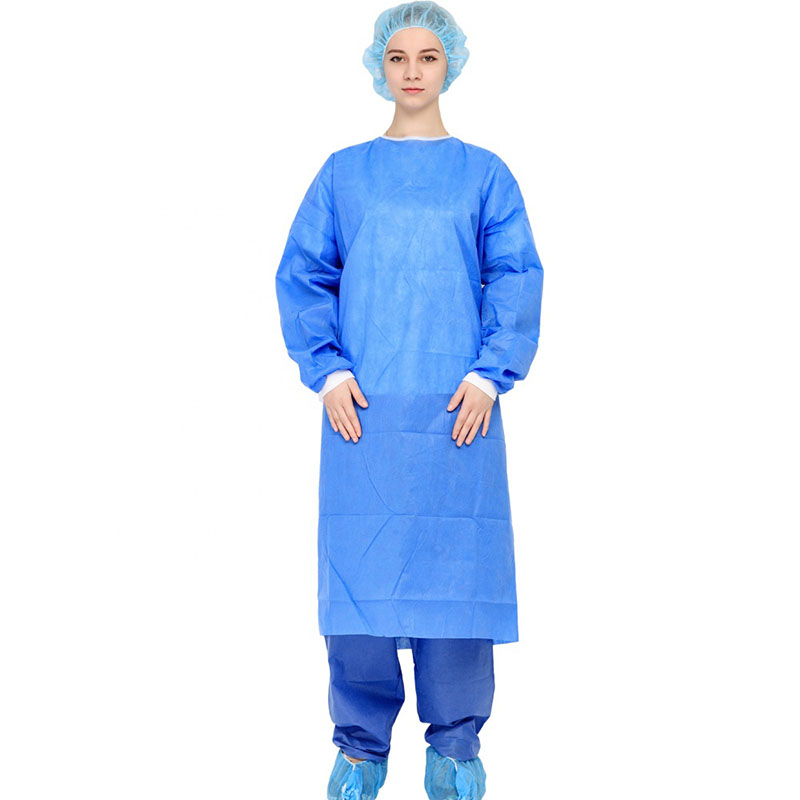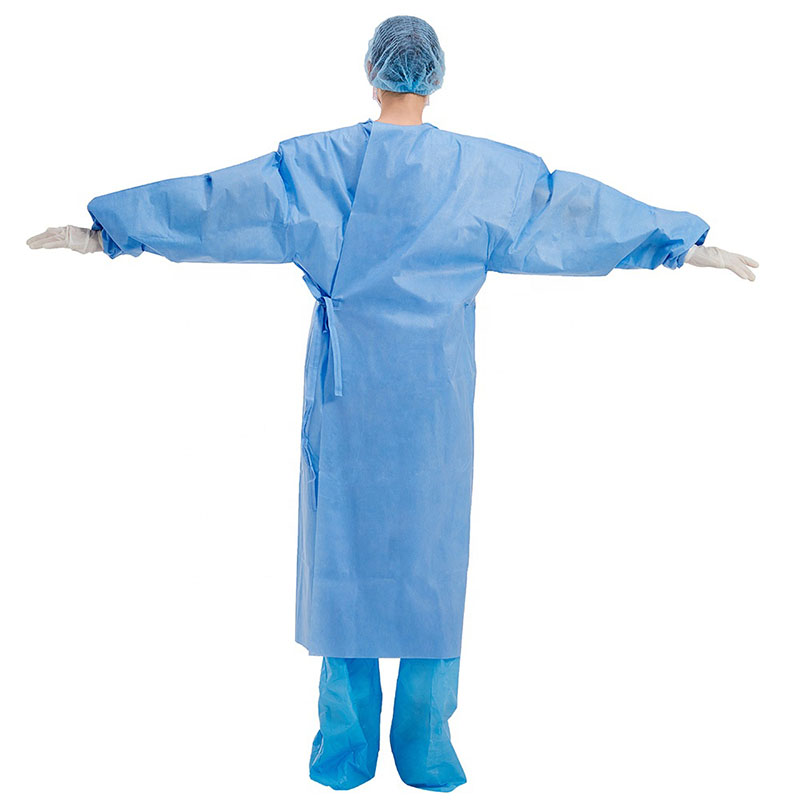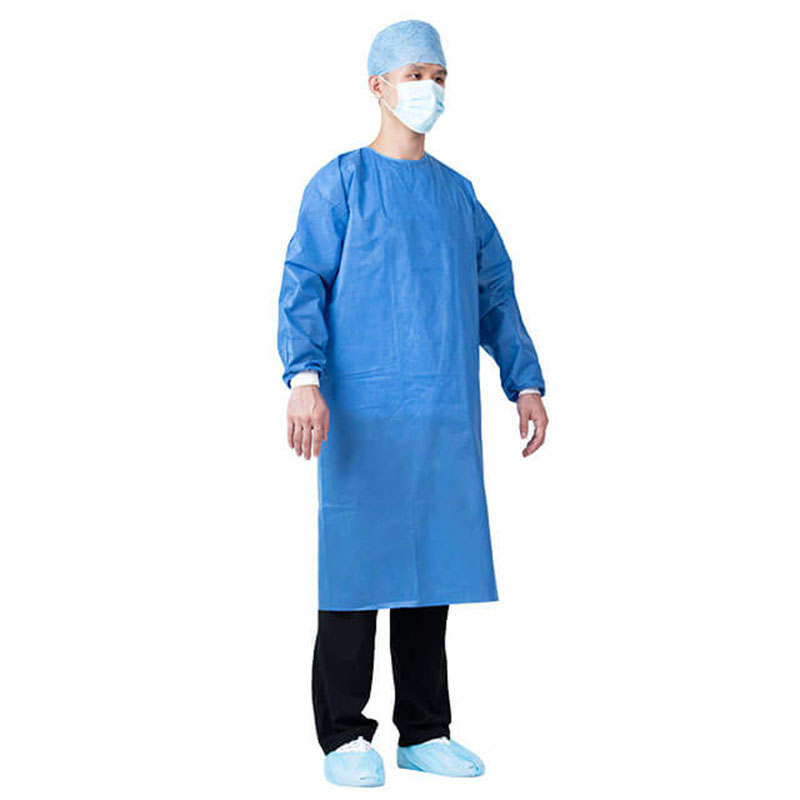Four measures for uniform coloring of autumn tomatoes
Regulating temperature tomato coloring is mainly due to lycopene, and the formation of lycopene is limited by temperature, too high or too low will affect. Studies have shown that the optimal temperature for lycopene formation is 19℃~24℃, and the greenhouse temperature lower than 14℃ or higher than 32℃ will affect the normal production of lycopene. Therefore, in this critical period, vegetable farmers should adjust the shed temperature at 22℃~26℃ during the day and 15℃~20℃ at night. During the coloring period of ventilated and transparent tomato fruits, ensure sufficient light to promote the color change of the fruits. To ensure the ventilation and light transmission in the shed, it is necessary to remove the extra branches, leaves, diseased leaves, and old leaves in time, remove the dust and pollutants on the shed film in time, and ensure sufficient light conditions. In addition, the shed has been covered with grass, Try to remove the cover as early as possible to increase the light time of the tomato fruit. Reasonable fertilization and fertilization is also an important factor that affects tomato coloration. If the fertilizer application is unreasonable, it will seriously affect the coloration of tomato fruit. For example, if there is too much nitrogen, green shoulder fruit will occur; when boron is deficient, the shoulder will remain green and there will be necrotic spots. Therefore, pay attention to reasonable fertilization when fertilizing. Generally, you need to add boron fertilizer once at this time. Use about one kilogram of borax per mu. If the base fertilizer is applied with boron fertilizer, you can use less. In addition, when the tomato fruit enters the swelling period, it should be topdressed in time. It can be flushed with a full-nutrient and fully water-soluble compound fertilizer (15:15:30 or 20:10:30), with 5 to 7.5 kg per mu. At the same time, The leaves can also be sprayed with foliar fertilizer containing boron and potassium dihydrogen phosphate to fully supplement nutrients and avoid poor fruit coloration due to unbalanced nutrient supply. Scientifically watering the soil during the coloring of tomato fruits should not be too dry, it is advisable to see dry and wet, so it is suitable for small water and frequent watering. At this stage, according to weather conditions and soil moisture, water it at intervals of about 7 to 10 days. Disclaimer: Some articles on this website are transferred from the Internet. If the legal rights of a third party are involved, please inform this website for processing. phone
It can be used for surgical operations, patient treatment; epidemic prevention and inspection in public places; disinfection in virus-contaminated areas; and can also be widely used in military, medical, chemical, environmental protection, transportation, epidemic prevention and other field
By setting a protective collar, the neck of the operator can be kept warm and protected. The provision of a hand guard is helpful for the surgical staff to temporarily place their hands in the hand guard while waiting during the operation, which plays a protective role and is more in line with the principles of aseptic operation and occupational protection. surgical gown,disposable surgical gown,personal protection,medical equipment Shanghai Rocatti Biotechnology Co.,Ltd , https://www.shljdmedical.com
By setting the shrinking cuffs, it is beneficial to make the cuffs fit the wrists, prevent the cuffs from loosening, and prevent the gloves from slipping off during the operation and the operator's hands are exposed to the gloves.
The design of the new humanized protective surgical gown has been improved in the key areas of the gown. The forearm and chest area are double-thickened, and there are handguards in front of the chest and abdomen. By arranging reinforcing sheets (double-layer structure) in key areas, it is beneficial to improve the water-permeability of surgical gowns and improve safety.



